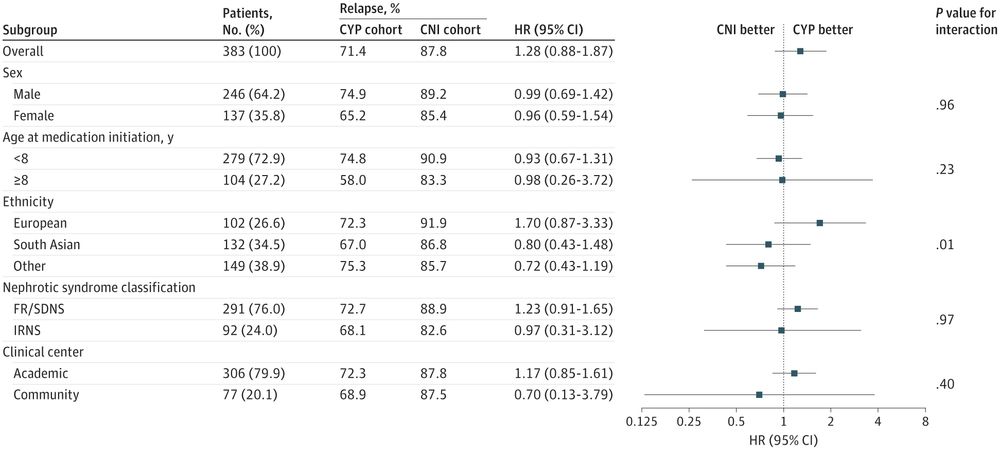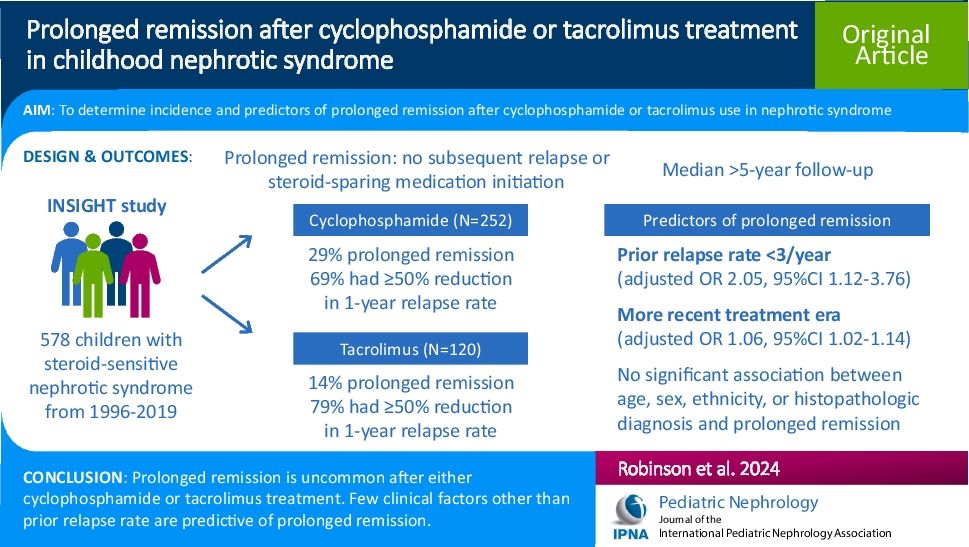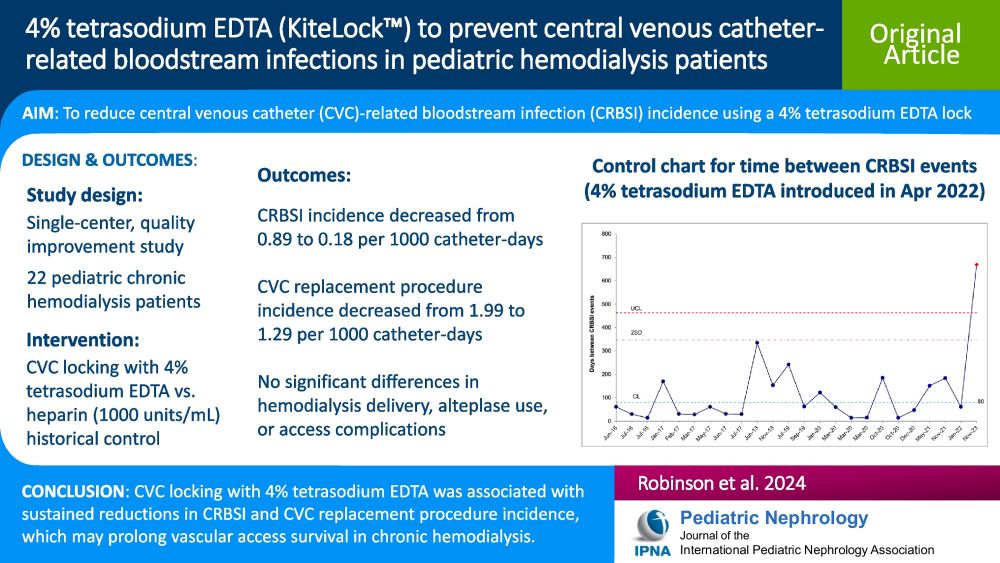
https://www.researchgate.net/profile/Cal-Robinson-2
https://buff.ly/4aC7NNn

https://buff.ly/4aC7NNn
Using target trial emulation methods, we found no difference between cyclophosphamide vs calcineurin inhibitors for preventing childhood nephrotic syndrome relapses.
jamanetwork.com/journals/jam...

Using target trial emulation methods, we found no difference between cyclophosphamide vs calcineurin inhibitors for preventing childhood nephrotic syndrome relapses.
jamanetwork.com/journals/jam...
Hypertension is more common in those with steroid resistance and frequent relapses.
BP should be monitored regularly in children with nephrotic syndrome!
www.jpeds.com/article/S002...
Hypertension is more common in those with steroid resistance and frequent relapses.
BP should be monitored regularly in children with nephrotic syndrome!
www.jpeds.com/article/S002...
Read our article published in Pediatric Nephrology: link.springer.com/article/10.1...

Read our article published in Pediatric Nephrology: link.springer.com/article/10.1...
Read our article published in Pediatric Nephrology to find out more! link.springer.com/article/10.1...

Read our article published in Pediatric Nephrology to find out more! link.springer.com/article/10.1...
🔗 1/4
🔗 1/4

